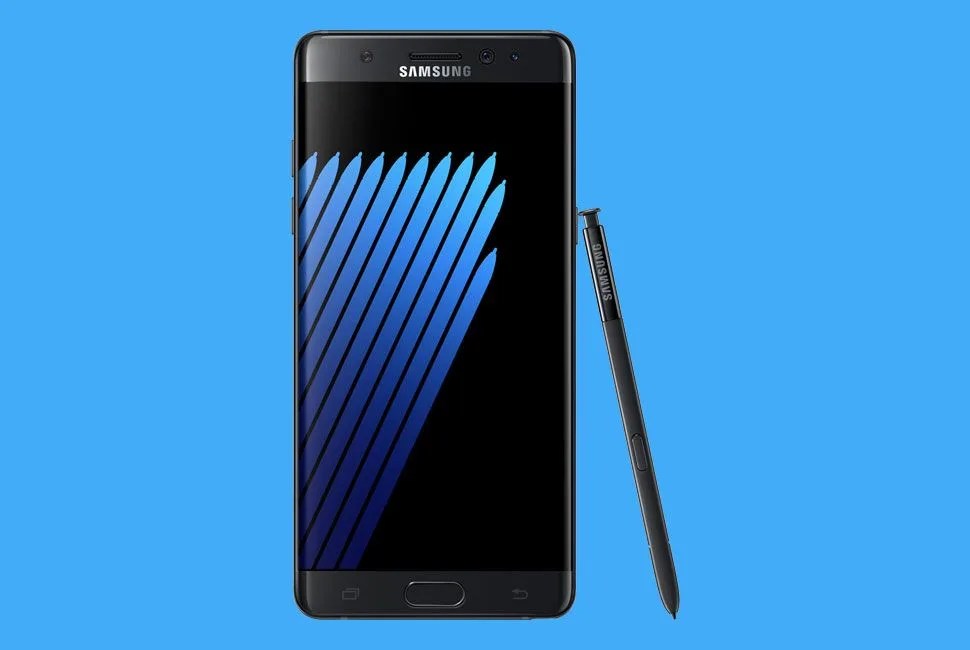Samsung’s decision to permanently end production of the Galaxy Note 7 was the only move left given the circumstances. But the unprecedented failure of the Korean tech giant’s flagship affects more than just Note 7 owners (like me). It’s also a huge blow to all users of mobile technology, and we’ll feel its loss for years to come.
The Note line is one of the only smartphones that consistently took a different design approach from Apple. While Jobs and co. pioneered a new era of approachability in computing for all consumers, the original Note was created to satiate power users — the former Palm Treo addicts and P.C. builders of yore — by pushing the raw technical potential of mobile devices. It wasn’t just another advanced entertainment and communication facilitator. It was a remarkably capable, pocket-sized computer meant to unlock new levels of personal productivity.
Even more importantly, the experiment was successful enough to reset expectations of what a premium smartphone should offer and spurred competitors to evolve in response.
The first Note championed the phablet movement back in 2011, which eventually pushed Apple to abandon its one-size-fits-all perspective on smartphones. It likewise carried the torch for styluses supplementing the touchscreen experience, despite Steve Jobs’ well-publicized insistence that they were mainly a byproduct of bad design. Microsoft soon saw the light in 2012 with the launch of the stylus-toting Surface. And even Apple eventually came around to the idea with the introduction of the “pencil” and iPad Pro in 2015.
Today’s now-infamous Note 7 appeared to be the greatest distillation of the line’s best principles to date, made all the more compelling from gleaning a few tips from rivals. Aesthetically, it was one of the finest pieces of mobile hardware I’ve ever encountered. It also offered every advanced feature you could want in a phone, in addition to novelties like an iris scanner, that — at a minimum — provided a promising glimpse of tech frontiers ahead. Samsung, it seemed, had finally grasped that a truly premium experience involved equal parts power and polish. That is until the explosions and burnouts started.
How much damage these severe safety issues will wreak on Samsung’s brand in the long run remains to be seen, but I personally hope we can quickly move past it and give the company a chance at redemption, granted its product quality control process gets overhauled to prevent dangerous fiascos like the Note 7 from ever happening again. And I say that even after dealing with the enormous hassle of buying and returning my phone twice in less than a month.
Chances are, though, that the Note line is still done for good, at least in name. For us, what remains is the choice between the iPhone, other Android look-alikes, plus a few shaky outliers praying that avante garde features like a modular design will become a hit before they’re forced to bow out of the business.
In this new reality, with its most formidable hardware rival now stalled in the rearview, Apple’s freer than ever to dole out — and remove — features as it pleases. Future iDevices will eventually ship with the “advanced” features once found on the Note 7, like fast and wireless-charging, bezel-less screens, tighter form factors and maybe even iris scanners. Prototypes likely exist in a vault somewhere already, waiting to debut in accordance with Apple’s own timelines. And now, unless Samsung recovers, all we can do is wait with them.
